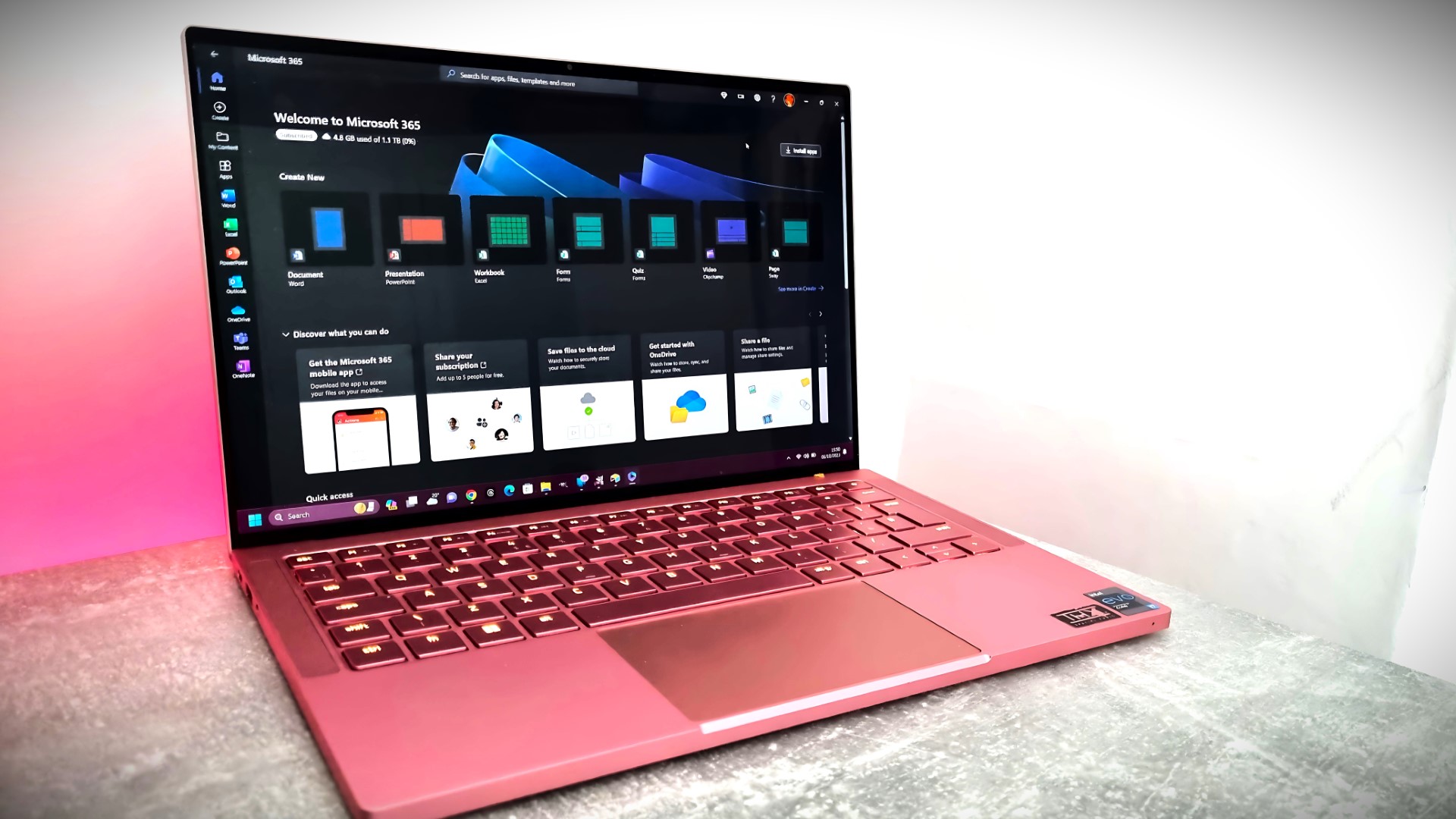
In what's becoming all too common of late, there's a new bug affecting Windows 11 (and Windows 10) users. And when I say a "new bug," I mean one that we've seen before a couple of times, which we thought was gone for good.
The issue has to do with BitLocker, and it arrived with Microsoft's October security updates (via Windows Latest). Microsoft has confirmed this bug as active via its Microsoft 365 Business and Windows 11 Enterprise channels, for which you need an account to see.
Microsoft says the latest BitLocker bug is affecting Windows 11 versions 25H2 (KB5066835) and 24H2 (KB5066835), as well as Windows 10 version 22H2 (KB5066791).
Should your system be affected, the next time you restart or boot your PC fresh might involve a big blue blockade standing between you and your OS. Microsoft says that some PCs "might boot into the BitLocker recovery screen, requiring users to enter the recovery key once."
Should you have your key handy, it's a fairly easy workaround, and it doesn't appear that any data is being lost or corrupted following a successful login. However, if you don't have your key, you'll be effectively locked out of your PC.
PCs using Intel hardware that supports Modern Standby seem to be the primary target of this recurring BitLocker issue. Microsoft says it is currently rolling out a fix.
It's recommended that organizations affected by the bug use the Known Issue Rollback tool to get around the problem.
All the latest news, reviews, and guides for Windows and Xbox diehards.
What to do if you experience the Windows BitLocker recovery bug
Attempting to boot or restart your PC, only to see the BitLocker recovery screen standing in your way, can't be a nice feeling. Any time I encounter issues with BitLocker, my immediate concern is a loss of data. However, that shouldn't be the case here.
If you're currently sitting at the bugged BitLocker recovery screen, you can (fairly quickly) grab your BitLocker recovery key that's stored in your Microsoft account.
Visiting aka.ms/myrecoverykey on a separate device and ensuring you're signed in with the proper account will take you straight to a list of keys. Choose the correct PC (if you have more than one listed) and copy the code to bypass the BitLocker recovery screen.
If you're on an account managed by someone else (like your work or school), you'll want to visit aka.ms/aadrecoverykey instead.
Is AI coding hurting Windows stability?
Each time a fresh Windows bug pops up, I'm reminded of Microsoft CEO Satya Nadella's April 2025 boast that AI already writes between 20% and 30% of the company's code.
Whether or not that's contributing to the recent string of Windows issues, I can't say, but it's not likely helping. There have been several major bugs in recent memory.
The August 2025 security update (KB5063875) introduced a fresh bug on Windows 10 and 11 that began blocking the "Reset my PC" feature. This, of course, stopped users from wiping a PC for an OS reinstall or to sell second-hand.
Windows 11 version 25H2 launched at the end of September, and with it came two known issues involving BluRay/DVD playback and failed updates installed via WUSA.
In October, Windows 11 update KB5066835 broke localhost connections, blocking developers from running and testing websites and applications locally before pushing them live.
The same update also broke the Windows Recovery Environment (WinRE), resulting in a loss of USB mouse and keyboard input on the blue screen.
Microsoft has been fixing bugs in the meantime, including the "Update and shut down" issue that seemed like it'd been around for years. The company also recently fixed a bug that prevented the classic Outlook client from launching properly on the OS.
An operating system as complex as Windows is bound to have bugs, but there's extra pressure on Microsoft to release stable updates due to the end of official Windows 10 support and the CEO's comments regarding the use of AI to code.
FAQ
What is BitLocker?
BitLocker is a drive encryption tool that is baked into Window 10 and Windows 11. It can encrypt entire volumes to prevent data theft, meaning that bad actors can't get into the drive's contents without the right authorization.
We have a couple of guides for Windows 10 and 11 that can help you through the process of correctly configuring BitLocker.
What is Modern Standby?
Modern Standby is a Windows power state that keeps a device in a low-power mode, akin to sleep, while remaining connected to a network.
When a PC is in Modern Standby mode, it continues to receive notifications and deliver audio playback while consuming far less battery. Compared to a traditional sleep state, Modern Standby allows a PC to use specific components to handle background tasks.
Is Windows 10 still in use?
Yes, Windows 10 is still in use by millions of people around the world despite Microsoft pulling official support on October 14, 2025.
Microsoft is giving out an extra year of security updates for Windows 10 via its Extended Security Updates (ESU) program, in which anyone can enroll for free. However, after October 2026, Windows 10 will truly be finished, and you'll likely want to migrate to Windows 11 to avoid any security problems.
👉 How to use Windows 10 ESU to keep getting updates after October 2025

Follow Windows Central on Google News to keep our latest news, insights, and features at the top of your feeds!

Cale Hunt brings to Windows Central more than nine years of experience writing about laptops, PCs, accessories, games, and beyond. If it runs Windows or in some way complements the hardware, there’s a good chance he knows about it, has written about it, or is already busy testing it.
You must confirm your public display name before commenting
Please logout and then login again, you will then be prompted to enter your display name.

